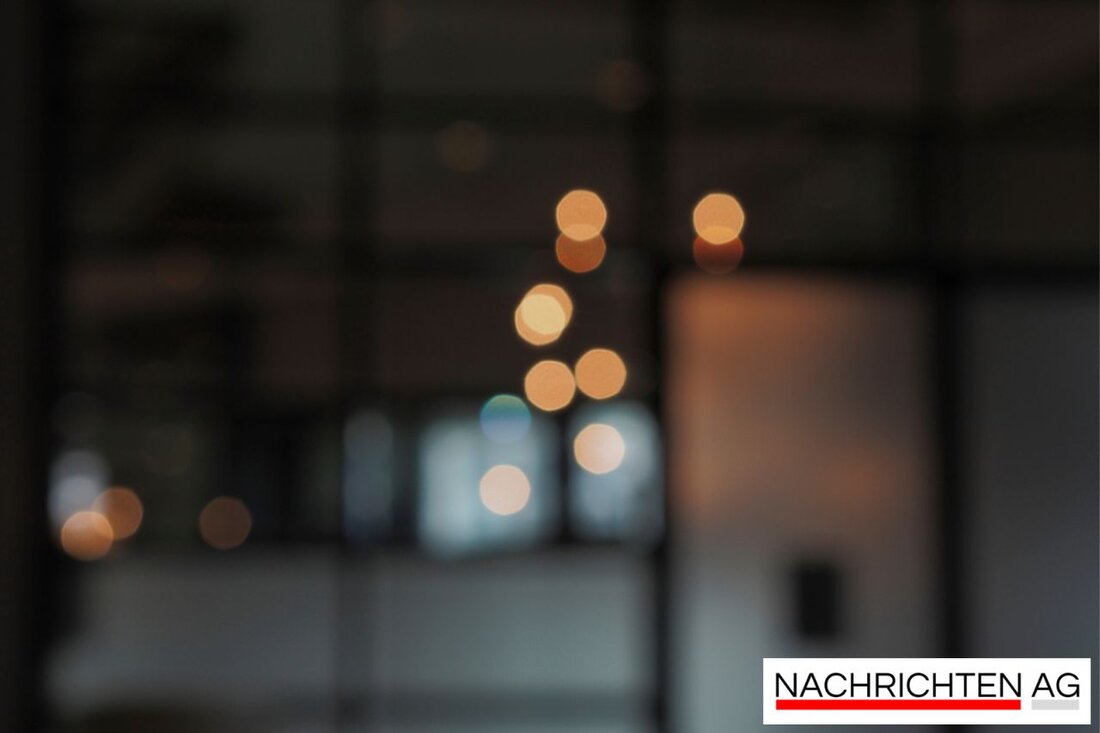Revolution at sea: First floating platform for hydrogen production tested!
Find out how an innovative offshore project generates hydrogen from wind power from July 2025 and produces synthetic fuels.

Revolution at sea: First floating platform for hydrogen production tested!
The future of energy production on the water takes on concrete forms: On July 8, 2025, the world's first floating test platform was ceremoniously opened for the production of synthetic fuels. This groundbreaking initiative is part of the H2Mare project, which is coordinated by the Karlsruhe Institute of Technology by the Federal Ministry of Education and Research is encouraged. The test platform is intended to show how wind energy can be used efficiently directly at sea.
The idea behind this ambitious project is to use wind power directly to produce hydrogen and other power-to-X products. While conventional onshore wind turbines deliver up to 3.5 megawatts, offshore systems even reach up to five megawatts, which makes the use of these resources particularly attractive. Offshore wind turbines not only deliver more, but also more even electricity. All of this electricity is used on a special platform, where the first tests for hydrogen production have already started on land and are to be continued on the open sea near Helgoland from August 2025, such as Logistik today reported.
innovative technologies in use
The platform uses a clever system: it is supplied with water, CO₂ and nitrogen, all of which are obtained directly on site. One of the most innovative technologies is seawater electrolysis , which does not require a desalination process - if it works successfully. This could reduce production costs enormously, which would make the entire method more competitive. The project coordinator Roland Dittmeyer explains that you need an elaborate sea cable per gigawatt, the costs of which can easily rise to around four billion euros. A significant part of these costs could be avoided with the new platform, since the energy is used directly on site.
The system is not only intended to generate hydrogen, but also has the potential to produce synthetic fuels such as ammonia, methanol or even liquid methane. A direct-air capture system is already installed on the floating platform, which gains CO₂ from the ambient air and is subjected to high-temperature electrolysis to create hydrogen-containing synthesis gas-a key to use the advantages of wind energy efficiently. The H2Mare project focuses on the production of sustainable fuels such as Fischer-Tropsch products and thus opens up new horizons for the green energy transition.
from the test phase for commercial use
The test phase of the platform in Bremerhaven is regularly looked after by six people who ensure smooth running in shift operation. The platform is brought to the port every two weeks to fill up supplies and dispose of waste water. It is an exciting moment, not only for the scientists, but also for industry, which is preparing to develop and operate the first commercial platforms in the next five years, based on the findings of these tests. Worries about financing could be defused by timely funding at European level, since the industry has to initially master the costs and risks.
Progress in offshore hydrogen production could be the key to a more sustainable future. With the steadily growing potential of offshore wind turbines, the market for such innovative approaches will probably only increase in the coming years. Researchers and industrial representatives are optimistic about the future and hope that the knowledge gained from the H2mare project could be the starting signal for a new era of energy production.

 Suche
Suche
 Mein Konto
Mein Konto